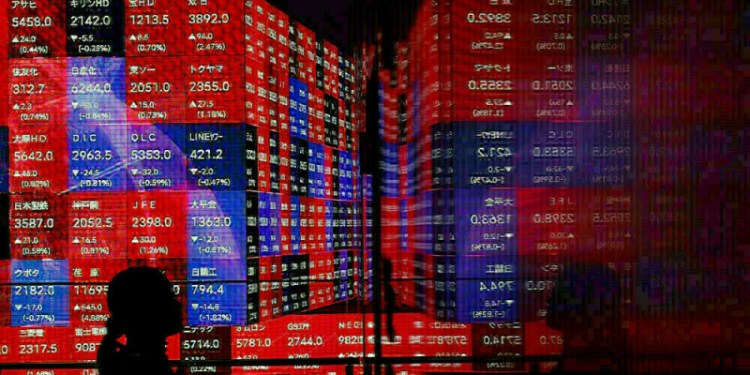By Henning Gloystein
SINGAPORE (Reuters) – Oil prices fell on Wednesday, pulled down by rising supplies in the United States and expectations that voluntary production cuts led by producer cartel OPEC could be loosened.
Brent crude futures (), the international benchmark for oil prices, were at $75.49 per barrel at 0005 GMT, down 39 cents, or 0.5 percent, from the last close.
U.S. West Texas Intermediate (WTI) crude futures () were at $65.92 a barrel, down 44 cents, or 0.7 percent from their last settlement.
The Organization of the Petroleum Exporting Countries (OPEC), together with some non-OPEC producers including Russia, started withholding output in 2017 to reduce a global supply overhang and push up prices.
The group is due to meet on June 22 in Vienna, Austria, to discuss future production policy.
“The prospect of easing supply curbs from OPEC-led producers continues to be reflected in oil’s overall depressed price action,” said Lukman Otunuga, analyst at futures brokerage FXTM.
In the United States, the American Petroleum Institute (API) reported on Tuesday that crude oil inventories rose by 830,000 barrels in the week to June 8, to 433.7 million.
The rising stocks are in part a result of the surge in U.S. crude oil production
With output in Russia rising back above 11 million bpd in June and Saudi production jumping back above 10 million bpd, supplies from the top three producers are rising.
“With rising production from U.S. shale adding to oil’s woes and reviving oversupply concerns, further downside could be a possibility in the short to medium term,” Otunuga said.
Official U.S. production and inventory data is due to be published by the Energy Information Administration (EIA) later on Wednesday.
Fusion Media or anyone involved with Fusion Media will not accept any liability for loss or damage as a result of reliance on the information including data, quotes, charts and buy/sell signals contained within this website. Please be fully informed regarding the risks and costs associated with trading the financial markets, it is one of the riskiest investment forms possible.
Source: Investing.com



























